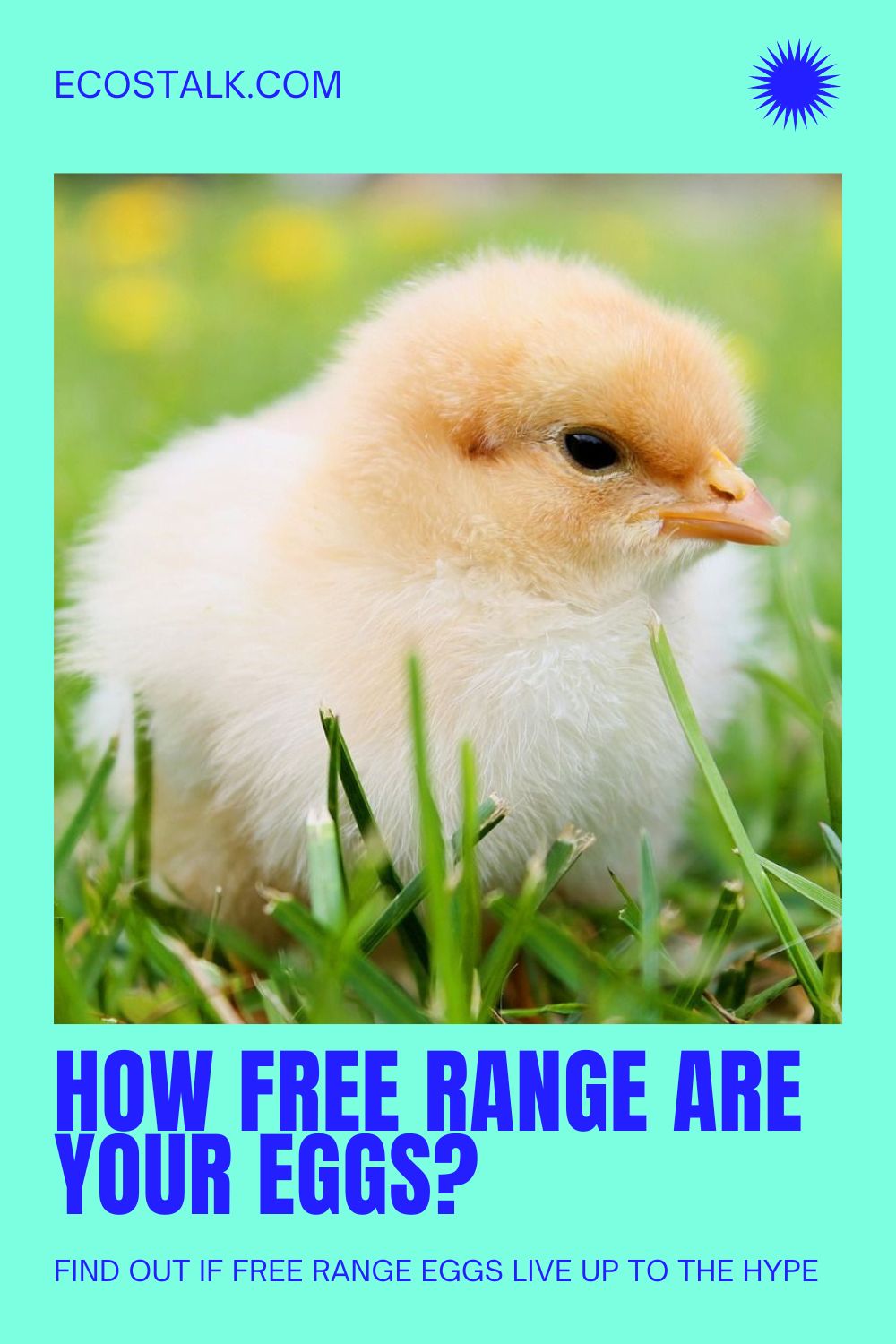Please note that I may earn a small commission from purchases made through product links in this article. As an Amazon Associate I earn from qualifying purchases.
Last updated: February 23, 2023
Why did the chicken cross the road? If you said it was free range, this may not be entirely true. How Free Range Are Your Eggs?
In many places, the term “Free Range Eggs” does not have an official national standard, only recommended limits for farmers to adhere to.
For example, a free-range hen may not be confined to its own little cage 24/7, but it may still have to share a barn with 10,000 other chicken neighbors.
In this article we will explore how popular free-range eggs have become, and how supermarkets and governments differ in their definition of “free range”.
We will also cover how you can learn to read your egg packaging to decide whether a product is truly free range.
What is a Free Range Egg? Why Are They So Popular?
A free range egg is loosely defined as an egg laid by a chicken who doesn’t live full-time in a cage.
The idea is that the chicken has more space, is less stressed, and is less likely to catch diseases from other chickens.
Why have free range eggs become so popular? Because the idea of happier chickens roaming the countryside has clearly captured the consumer’s imagination.
The world in general has begun to consider the welfare of their food sources to be as important as the welfare of their pets and other wildlife.
For example, according to ABC News, in 2013 cage eggs accounted for only 55 percent of Australia’s market share, compared to 77 percent 5 years ago.
But how much space does a chicken comfortably need? and how does this effect the quality of the eggs, and the ultimate cost to the consumer?
The opinions differ greatly.
How Do Supermarkets and Governments define “Free Range Eggs”?
In many countries the big supermarkets and buyers, due to their expansive buying power, have the influence to determine this standard to whatever suits their logistics and profit margin.
As long as there is no legislation or national standard requirement to be met for free range eggs, they are free to do this.
For example, when this blog was written, the animal advocate group Animals Australia had listed on their website that “1,500 birds per hectare is the recommended maximum” for free range eggs.

In 2013 the Sydney Morning Herald revealed that Coles Supermarket, one of the biggest supermarkets in Australia, used 10,000 birds per hectare as their free-range egg standard.
Their claim was this was the only way they could support a free-range egg program without hitting consumers with heavily overpriced eggs.
Free Range Egg Labels Explained
The living conditions for the free-range chicken however are just as important as the number of its housemates.
In the case of “Intensive free-range” farming, the free range can simply mean the chickens aren’t caged, but it doesn’t necessarily equate to life in the sunshine.
The space may prevent hens from making natural movements, such as flapping, de-beaking is a common practice to prevent harm to other birds.

And as with humans, close proximity can increase the risk of spreading diseases throughout the group.
Read your labels carefully, and vote with your wallet.
Anything more than 1,500 birds a hectare and de-beaking as a standard should make you think twice.
Final Thoughts
Buying Free Range eggs is definitely a better alternative to caged eggs, but there is plenty of room for improvement.
Being an informed consumer will make a big difference to how you shop, and make more ethical choices.
If you are interested in other ethically sourced products, we have put together a list of the best vegan makeup brands in the US that you can review now.


